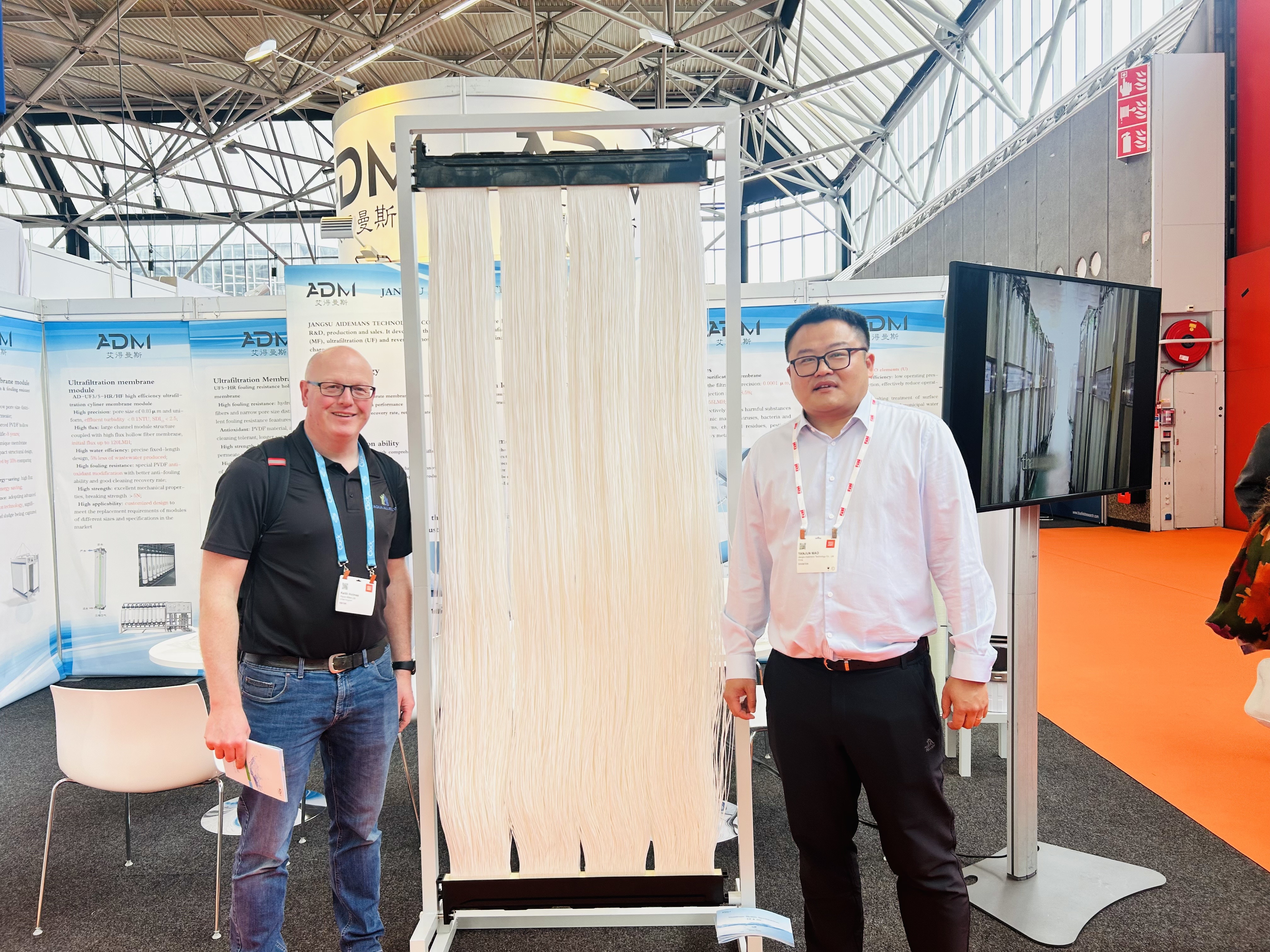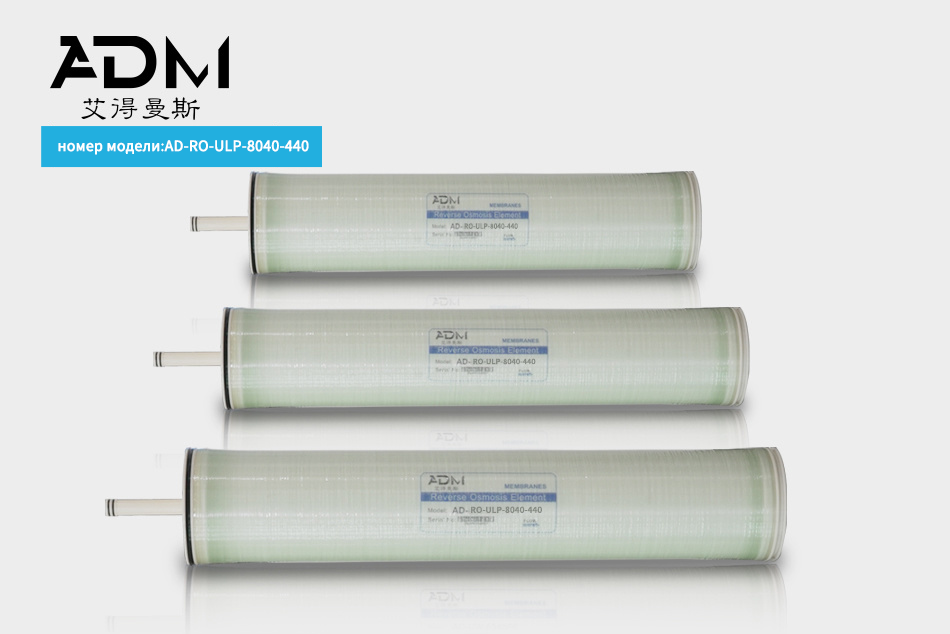Understanding Reverse Osmosis ULPI: The Future of Water Purification
Release time:
2025-07-13
Understanding Reverse Osmosis ULPI: The Future of Water Purification Table of Contents What is Reverse Osmosis? Understanding ULPI Technology The Importance of Water Purification How Reverse Osmosis Works Benefits of Reverse Osmosis ULPI Applications of Reverse Osmosis ULPI Future Implications of ULPI in Water Treatment Frequently Asked Questions What is Reverse O
Understanding Reverse Osmosis ULPI: The Future of Water Purification
Table of Contents
- What is Reverse Osmosis?
- Understanding ULPI Technology
- The Importance of Water Purification
- How Reverse Osmosis Works
- Benefits of Reverse Osmosis ULPI
- Applications of Reverse Osmosis ULPI
- Future Implications of ULPI in Water Treatment
- Frequently Asked Questions
What is Reverse Osmosis?
Reverse osmosis (RO) is a water purification process that utilizes a semi-permeable membrane to remove ions, molecules, and larger particles from drinking water. The process involves applying pressure to overcome osmotic pressure, enabling water molecules to pass through the membrane while blocking contaminants. This method is recognized for its efficiency in producing high-purity water, making it a common choice for various applications, including industrial processes and residential water treatment.
Understanding ULPI Technology
ULPI, or Ultra Low Pressure Inlet, represents the cutting edge of reverse osmosis technology. This innovative approach focuses on reducing the energy requirements of the reverse osmosis process by utilizing lower inlet pressures. By optimizing the membrane design and the operational parameters, ULPI technology enhances the efficiency of water purification systems, ensuring higher recovery rates and lower operational costs. This advancement not only benefits manufacturers and businesses but also contributes to environmental sustainability by minimizing energy consumption during water treatment.
The Importance of Water Purification
Water is a fundamental resource for life, industry, and agriculture. The demand for clean water continues to escalate, driven by population growth, industrialization, and climate change. Contaminated water poses serious health risks, including waterborne diseases and exposure to harmful chemicals. Therefore, effective water purification systems are crucial for safeguarding public health and ensuring sustainable water supplies. Reverse osmosis, particularly with the advancements brought by ULPI technology, plays a pivotal role in meeting these challenges.
How Reverse Osmosis Works
The reverse osmosis process involves several key steps:
1. **Pre-filtration**: Before water enters the RO system, it often undergoes pre-filtration to remove larger particles, such as sediment and chlorine, which can damage the membrane.
2. **Pressurization**: Water is then pressurized, forcing it through the semi-permeable membrane. The pressure must be sufficient to overcome osmotic pressure, which is determined by the concentration of solutes on either side of the membrane.
3. **Membrane Separation**: As water passes through the membrane, impurities, dissolved solids, and microorganisms are effectively filtered out, leaving behind clean water.
4. **Post-filtration**: The purified water may undergo additional post-filtration steps to ensure optimal taste and purity before distribution.
5. **Waste Management**: The contaminants removed during the filtration process are typically discharged as wastewater, which requires proper management to minimize environmental impacts.
Benefits of Reverse Osmosis ULPI
The implementation of ULPI technology in reverse osmosis systems offers numerous advantages:
1. **Energy Efficiency**: By operating at lower pressures, ULPI significantly reduces energy consumption, making it a cost-effective solution for water purification.
2. **Higher Recovery Rates**: Systems utilizing ULPI technology can achieve higher water recovery rates, meaning less water is wasted during the purification process.
3. **Enhanced Purity**: Advanced membrane technologies ensure that even the smallest contaminants are removed, delivering water of superior quality.
4. **Reduced Maintenance**: The design of ULPI systems often leads to less fouling of membranes, resulting in lower maintenance requirements and longer system lifespans.
5. **Environmentally Friendly**: By decreasing energy use and increasing water recovery, ULPI contributes to a more sustainable approach to water treatment.
Applications of Reverse Osmosis ULPI
Reverse osmosis ULPI technology is versatile and finds applications across various sectors:
1. **Drinking Water Treatment**: Homeowners and municipalities utilize RO systems for safe and clean drinking water, eliminating harmful contaminants.
2. **Industrial Processes**: Industries such as food and beverage, pharmaceuticals, and electronics rely on purified water for production processes, quality control, and equipment maintenance.
3. **Agricultural Use**: Farmers employ RO systems to ensure the quality of irrigation water, leading to healthier crops and improved yields.
4. **Desalination**: In coastal regions, RO technology helps convert seawater into freshwater, addressing water scarcity issues.
5. **Wastewater Treatment**: RO systems are increasingly used in wastewater treatment facilities, helping to recycle water for reuse.
Future Implications of ULPI in Water Treatment
The evolution of ULPI technology signifies a promising future for water purification. As the global population continues to rise and water scarcity becomes more pressing, advancements in RO technology will play a critical role in addressing these challenges. Innovations in membrane materials, automation, and monitoring systems will further enhance the performance and accessibility of ULPI systems. Moreover, as awareness of environmental sustainability grows, the demand for energy-efficient and high-performance water treatment solutions will likely surge, positioning ULPI technology at the forefront of the industry.
Frequently Asked Questions
1. What is the difference between reverse osmosis and traditional filtration methods?
Reverse osmosis uses a semi-permeable membrane to filter out dissolved solids and impurities, while traditional filtration methods primarily rely on physical barriers to remove larger particles. RO is more effective at producing high-purity water.
2. Is reverse osmosis ULPI technology suitable for residential use?
Yes, many residential reverse osmosis systems are now incorporating ULPI technology, offering homeowners an efficient and effective way to purify their drinking water.
3. What maintenance is required for reverse osmosis systems?
Regular maintenance includes replacing filters and membranes as recommended by the manufacturer, checking for leaks, and ensuring proper system pressure.
4. How does ULPI technology reduce energy consumption?
ULPI technology operates at lower pressures than traditional RO systems, resulting in reduced energy requirements for water purification.
5. Can reverse osmosis remove all contaminants from water?
While reverse osmosis is highly effective at removing many contaminants, some volatile organic compounds (VOCs) may require additional treatment methods for complete removal.
Conclusion
Reverse osmosis ULPI technology represents a significant advancement in the field of water purification. With its ability to enhance energy efficiency, increase recovery rates, and produce high-quality water, ULPI is poised to revolutionize how we approach water treatment. As global water challenges grow, the adoption of this innovative technology will be essential in ensuring safe and sustainable water supplies for future generations. Embracing these advancements not only benefits industries and consumers but also contributes to a healthier planet.


